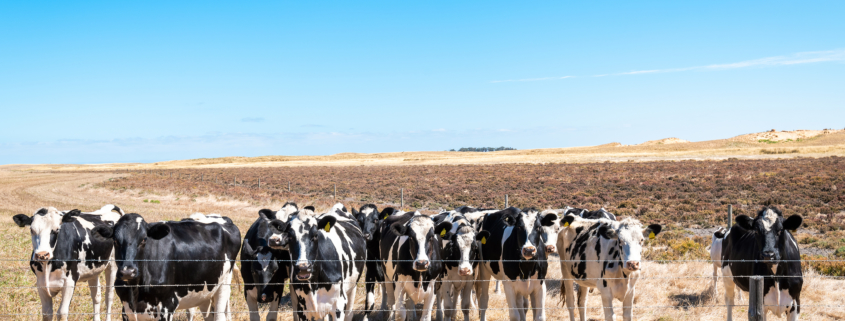Soil Carbon: What Role Can It Play in Reducing Australia’s Emissions?
The Morrison government is backing soil carbon – drawing carbon from the atmosphere and storing it in the land – as a major part of its response to the climate crisis.
The idea isn’t new, and at times has been derided as “soil magic” due to exorbitant claims about what it could achieve. But it is receiving renewed focus after the government listed it as one of five priority areas under its so-called “technology, not taxes” approach to reducing greenhouse gas emissions.
The agriculture minister, David Littleproud, has flagged that farmers should expect more support for soil carbon and other carbon farming projects in the May budget. Meanwhile, other Nationals MPs have rejected any steps to tackle the climate crisis and called for agriculture to be exempt from a target of reaching net zero emissions, should the government ever commit to one.
So what is the truth about soil carbon? What role can it – and agriculture generally – play in reducing emissions?

